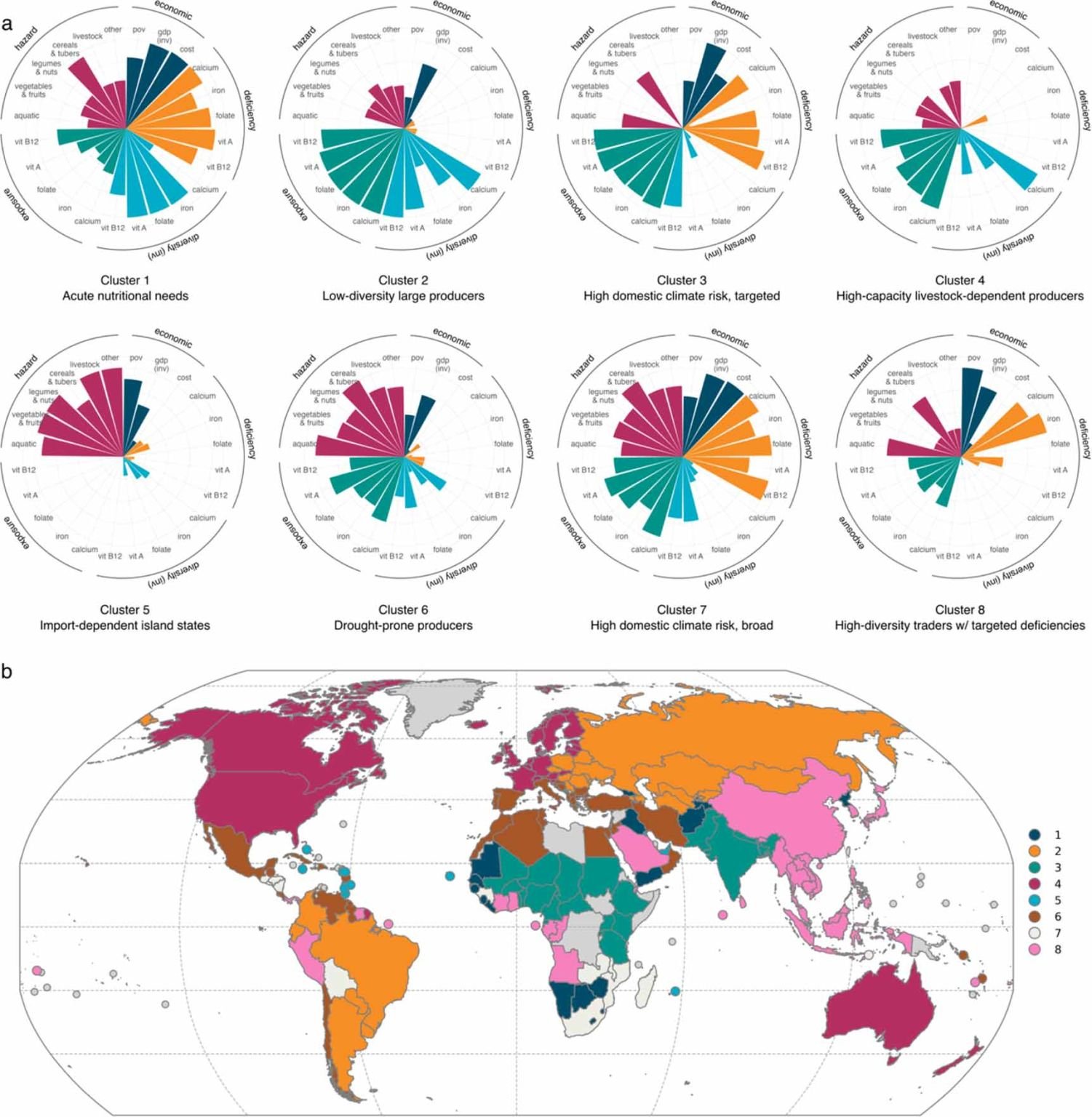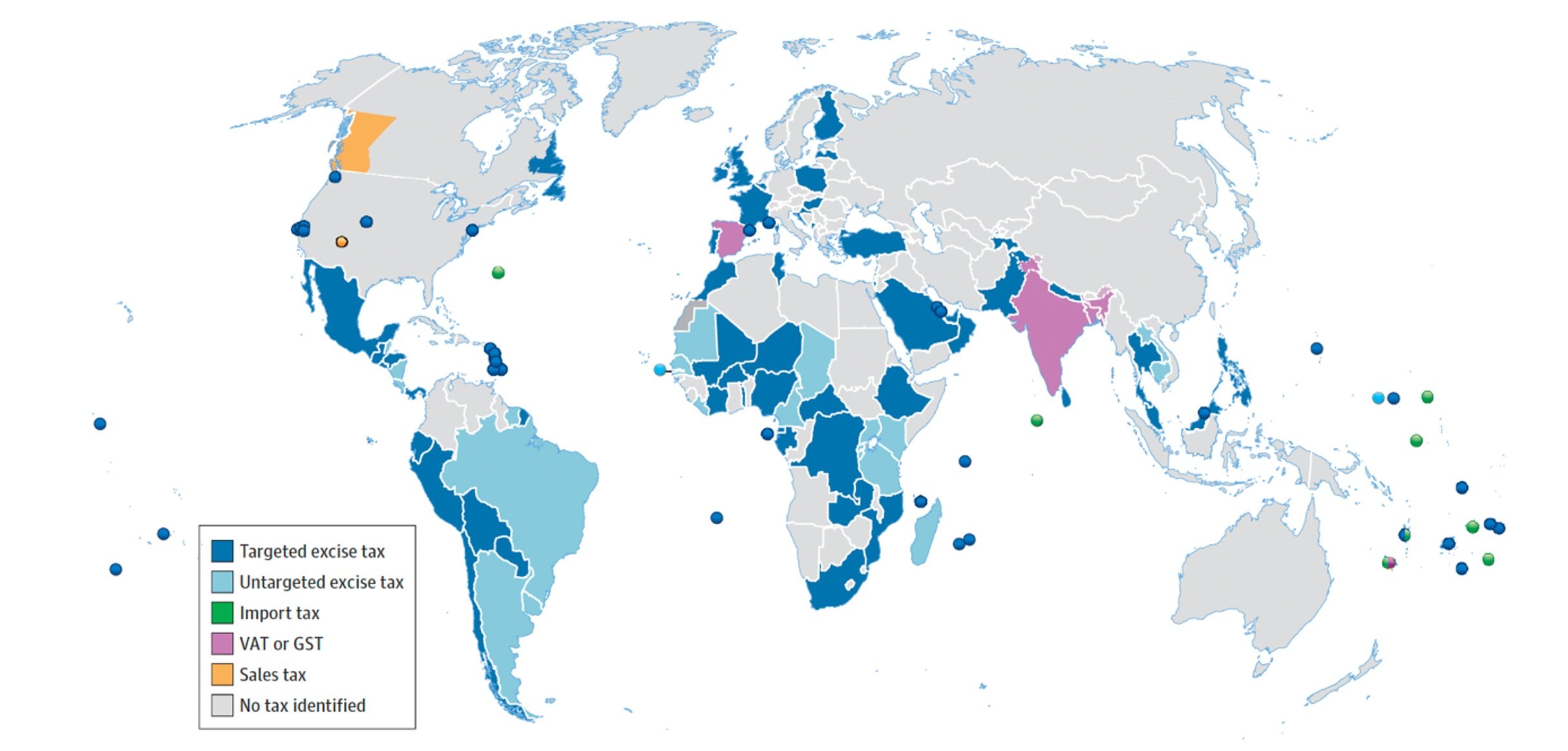FOOD BYTES IS A (ALMOST) MONTHLY BLOG POST OF “NIBBLES” ON ALL THINGS CLIMATE, FOOD, NUTRITION SCIENCE, POLICY, AND CULTURE.
It’s getting harder these days to cut through the noise we see every day in the news — and even harder to stay positive. I feel it too, my friends. I hear you.
But despite how surreal the world feels, it keeps turning — and so must science.
This past weekend, I had the honor of being inducted into the National Academy of Sciences (NAS) at their annual meeting. As I watched 120 brilliant scientists receive this honor, I was struck by something simple but powerful: there are still so many good people out there, working tirelessly to make the world a better place.
Even as we face growing threats against scientific endeavors, moments like this remind me how lucky I am to do the work I do. And more than that, they strengthen my resolve: I will fight for the ability to do science — not just for myself, but for future generations who will carry this work forward.
In this month’s Food Bytes, I’ll be sharing a roundup of some of the media I've been reading. There’s a lot to filter through these days. Next month, I’ll be shifting my focus entirely to peer-reviewed articles, because some truly outstanding science is being produced, even in these turbulent times. Stay tuned.
Speaking of the shenanigans happening in the U.S., some colleagues who work on international nutrition discuss the impact of cutting international food aid. Devastating. Love this piece by Jody Harris on how the stop to U.S. food security funding is an assault on justice. Tom Philpott also writes about how this notion of “Make America Healthy Again” is poisoning the food movement. Feeling paranoid? Maybe start thinking about your apocalyptic emergency food kit. According to Food & Wine, the new U.S. dietary guidelines have you covered. Yah, right. Oh, and restaurants that the middle class can afford? Gone. As I said, get that food kit ready.
The climate is always front and center. The state of the climate report is out. Pretty dismal read. The COP30 will be in Brazil this year. This BBC article claims that some of the Amazon forest was cut down to build the highway to where the COP meeting will take place. Yikes. Speaking of COP30, it seems food is less on the agenda. What a shame. And more and more, we are seeing calls to better integrate nutrition and climate. Couldn’t agree more, but we need more and better evidence. Check out our new paper on the links between climate and nutrition.
Effects of climate change and extreme weather events on various systems that influence nutrition outcomes (Fanzo et al 2025)
According to this article, America can’t quit soda. Yet this Vox one claims we are dairy milk guzzlers. Whichever it is, it seems Americans loooove red meat and the current politics are making that all the easier. Even though some argue that eating less meat is one of the most important things individuals can do to impact the planet, and tech is doing its best to make plant-based foods, including eggs. But tech won’t save us. We need to understand better how we value food systems.
And as Wendell Berry said, eating is an agricultural act. How we manage agriculture and who manages it will dictate our future, but there is still much disagreement on how to manage it. The great Kenn Giller discusses how fractious and contentious future agriculture conversations can be on the Table Debates podcast. The CGIAR, a large conglomerate of research centers dedicated to improving agriculture worldwide, has launched a new research portfolio. Speaking of agriculture, some other enjoyable listens, views, and reads:
The rise and fall of Quinoa on Jeremy Cherfa’s Eat This Podcast.
The role of Phosphorus in agriculture. One word: Essential!
Rice is making a comeback with black farmers.
Goats, the heroes in every story, are empowering women around the world. Of course they are!
Philanthropists are not helping African farmers, according to The Guardian.
The mafia is goin’ down at least when it comes to food fraud. Bada bing!
Things I look forward to:
Food Tank’s spring reading lists
Thin Ink’s blogs
Marion Nestle taking RFK Jr to task
That’s it for April folks. See you in May!










